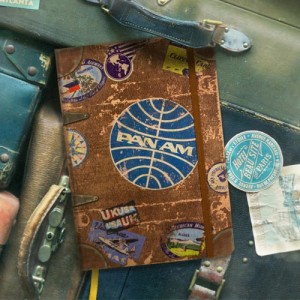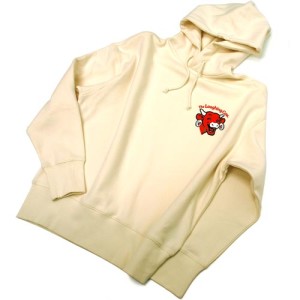Richard Pink, md of Pink Key Licensing, asks if geography matters and how far should you push the identity of a brand outside of its home territory.
I’m guessing that there is at least one person reading this who will do a double take when I talk about Kellogg’s as an American company.
Founded in 1906 in Battle Creek Michigan, in the heart of the US mid-west, Kellogg’s is about as American as you get. Yet I continue to be amazed by the number of people I talk to who have always assumed that Kellogg’s is British. However, there is no need to feel foolish – I heard a statistic many years ago that suggested that the majority of people in Ireland thought it was Irish and it was the same story in Australia. If you know, you know – just because I happen to be well versed in the history of the company doesn’t mean everyone is.
In reality Kellogg’s has gone out of its way to ‘localise’ its marketing. The advertising over the years has been firmly influenced by the local markets – localised packs (even Hebrew and Icelandic), culturally aware local advertising, different brand names (Frosties is Frosted Flakes in the US, and Zucaritas in South America with the front man El Tigre Tono).
Contrast this with the approach of Coca Cola which takes a much more global view – the brand is the same everywhere and it revels in its American identity. You couldn’t imagine the Christmas ad with anything other than American voices singing ‘Holidays are coming’, even though if you actually said it to anyone on 1 December in this country they’d look at you like you were nuts.
Therein, however, is a licensing dilemma: how far should you push the identity of a brand outside of its home territory? It’s a value judgement on whether you believe pushing that identity is going to give you a net-positive response to the product, and this can vary depending on the country you’re in. We’ve always believed that the intrinsic ‘Britishness’ of Kellogg’s plays to advantage here in the UK, despite Tony’s clearly America cry of ‘They’re Gr-r-r-reat’ (I mean, who could imagine him saying ‘They’re Mar-r-rvellous old chap’?). However, take Kellogg brands to the Far East and the ‘Americanness’ is a positive advantage.
 Some of our brands choose their own route – Pan American Airways is pretty obvious, others not so much. We’ve debated at length how much we should be presenting SLUSH PUPPiE as the US brand it is. In reality this is actually much stronger in the UK than it is in its home country, playing as a secondary brand there to its big brother ICEE and the iconic bear.
Some of our brands choose their own route – Pan American Airways is pretty obvious, others not so much. We’ve debated at length how much we should be presenting SLUSH PUPPiE as the US brand it is. In reality this is actually much stronger in the UK than it is in its home country, playing as a secondary brand there to its big brother ICEE and the iconic bear.
Another question we had was around The Laughing Cow, or to give it its birth name ‘La Vache Qui Rit’. We only ever talk about this in its English format – but that won’t ever stop us putting it forward when a major retailer decides that there is a French trend around the corner.
 Most of the time the geographic identity I think is less important than awareness. For us interest in Pan Am has been strongest in the UK and Germany – the two places in Europe where the majority of Pan Am aircraft used to fly to. Despite a huge presence in supermarkets nationwide, conversations about Vimto are always easier with a Northerner (and try describing Irn Bru to an American – that’s fun).
Most of the time the geographic identity I think is less important than awareness. For us interest in Pan Am has been strongest in the UK and Germany – the two places in Europe where the majority of Pan Am aircraft used to fly to. Despite a huge presence in supermarkets nationwide, conversations about Vimto are always easier with a Northerner (and try describing Irn Bru to an American – that’s fun).
I started by asking whether geography mattered. It does and, what’s more, it’s crucial both from the point of view of understanding where the brand comes from and how you translate that to influence how you can sell it. Some brands are more straightforward – they have a clear association with a country and in many ways it’s their biggest asset, the best examples of this being football teams. But it can work in the same way for others, too – Disney is a great example as its Americanness is aspirational. For other brands it’s trickier but not insurmountable provided you’re clear how you’re going to position it.
Richard Pink is md of Pink Key Licensing. He can be contacted via richard@pinkkey.co.uk.

































